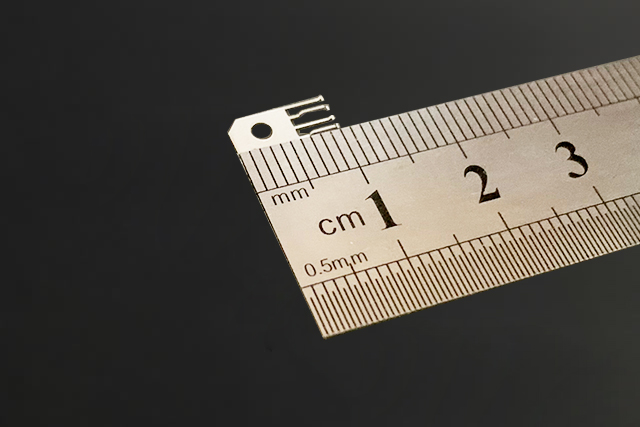Metal Stamping Parts Production Must Address These Aspects

Several critical elements and design concerns must be addressed in processing automotive metal stamping parts, as well as what is known as precision metal processing.
Precision Metal Processing
After stamping, additional components may be added to stamping parts according to the burr, tapping, hinge, and punching processes, or defects in surface treatment can be corrected to eliminate sharp edges that might compromise safety.
Burr removal is removing after-stamping leftover cutting material pieces from the workpiece. Sharp edges may need to be ground to remove burrs, or the edges may be twisted to create smooth edges, and the burrs may be directed to internal creases so as not to detract from the look.
Design Precautions
Narrow patterns should be avoided in stamping items because they are susceptible to distortion and impact the perception of the quality of the completed product. The design should, wherever possible, be based on conventional forms and the bending of existing molds. Customization of the stamping die will enhance the cost of the basic die. The major goal of avoiding sharp internal and exterior corners in the design of stamping goods is to eliminate huge burrs on sharp edges in these locations, which can only be removed by secondary treatment.
In addition, sharp corners have a high potential for stress concentration, which may lead to cracking or failure of succeeding components due to prolonged usage. The dimensions of the final product will be constrained by the dimensions of the available sheet metal or blank, considering the edges or folds of material consumption and any additional materials. Large products may need many procedures, such as establishing a mechanical link during the second phase of processing.
It is important to consider the punching direction and the punching features for punching tasks. Holes are typically punched in a single direction. Therefore any sharp edges created by the punching needle must be on the same side as the workpiece.
Consequently, these edges may be concealed in the product’s appearance, protecting employees and consumers from dangers. The punching characteristics must represent the thickness of the raw materials, and the punching size must be at least double the material thickness.
The minimum bending radius of sheet metal components is comparable to the material’s thickness in terms of bending degree. However, small bending is difficult to execute, which may lead to product quality issues and strain on completed components.
When drilling holes, it is also advantageous to execute positioning, tolerance, and accuracy in the same phase to assure positioning, tolerance, and precision. In addition, the hole diameter cannot be smaller than the material thickness, and the minimum hole spacing must be at least twice the material thickness.
Hashimoto Precision is a professional manufacturer of precision metal stamping parts. Metal stamping parts are characterized by customization and small tolerances, providing customers with satisfactory services.





